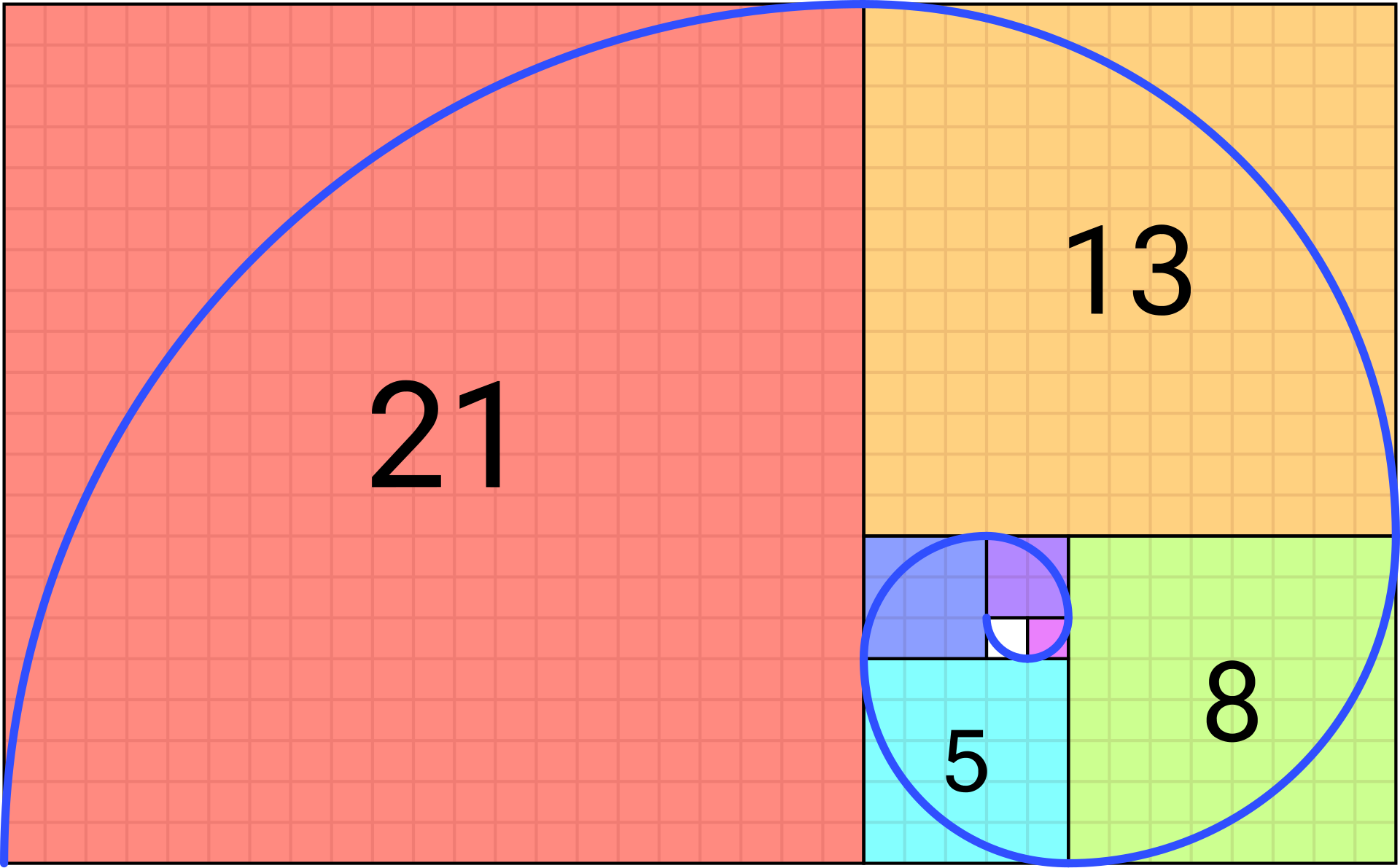Introduction to Dynamic Programming
Dynamic programming is a powerful technique for solving complex problems by breaking them down into simpler subproblems. It’s particularly useful when the problem has overlapping subproblems and an optimal substructure.
Key Principles
- Optimal Substructure: The optimal solution to a problem contains optimal solutions to its subproblems.
- Overlapping Subproblems: The same subproblems are solved multiple times when finding the solution.
Implementation Example: Fibonacci Sequence
The Fibonacci sequence is a classic example of a problem that can be efficiently solved using dynamic programming:
1int fibonacci(int n) {
2 // Base cases
3 if (n <= 1) return n;
4
5 // Memo Table
6 int dp[n+1];
7 dp[0] = 0;
8 dp[1] = 1;
9
10 // Fill up the dp array
11 for (int i = 2; i <= n; i++) {
12 dp[i] = dp[i-1] + dp[i-2];
13 }
14
15 return dp[n];
16}
This solution has O(n) time complexity, which is much better than the exponential time complexity of a naïve recursive approach.
When to Use Dynamic Programming
Dynamic programming is useful for optimization problems where:
- The problem can be broken down into overlapping subproblems
- There is an optimal substructure
- You need to find the optimal value (maximum or minimum)
Common examples include:
- Shortest path problems
- Knapsack problems
- Sequence alignment
- Matrix chain multiplication
Conclusion
Dynamic programming can be challenging to master, but once you understand its principles, it becomes a powerful tool in your algorithm toolkit. Practice with simple problems first before tackling more complex ones. Stay tuned for more advanced dynamic programming techniques in my next blog post!

